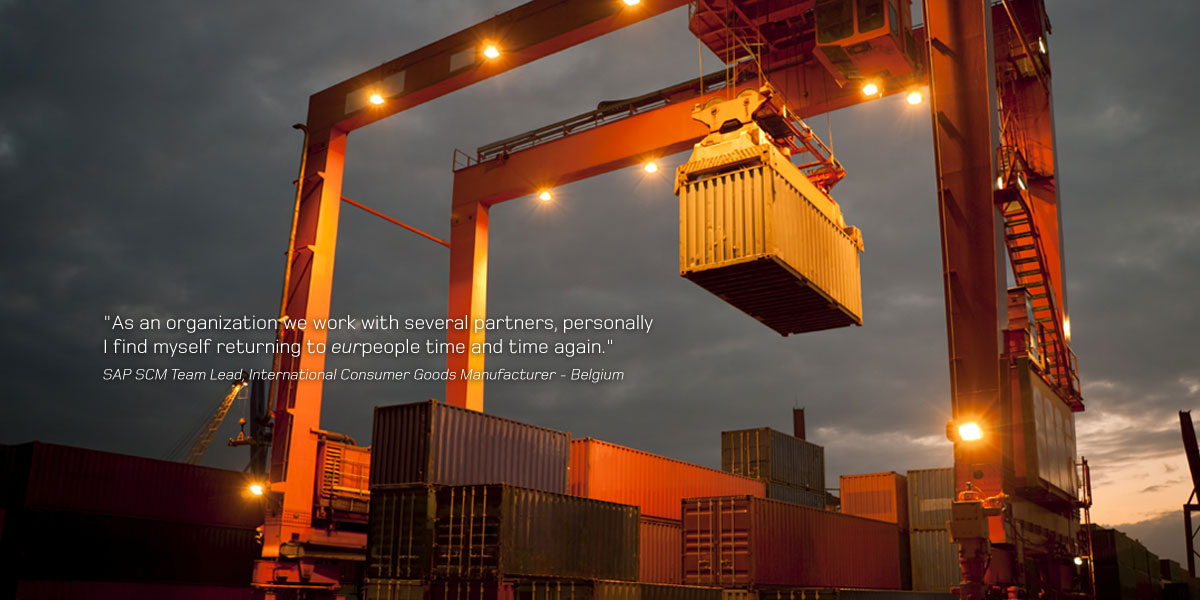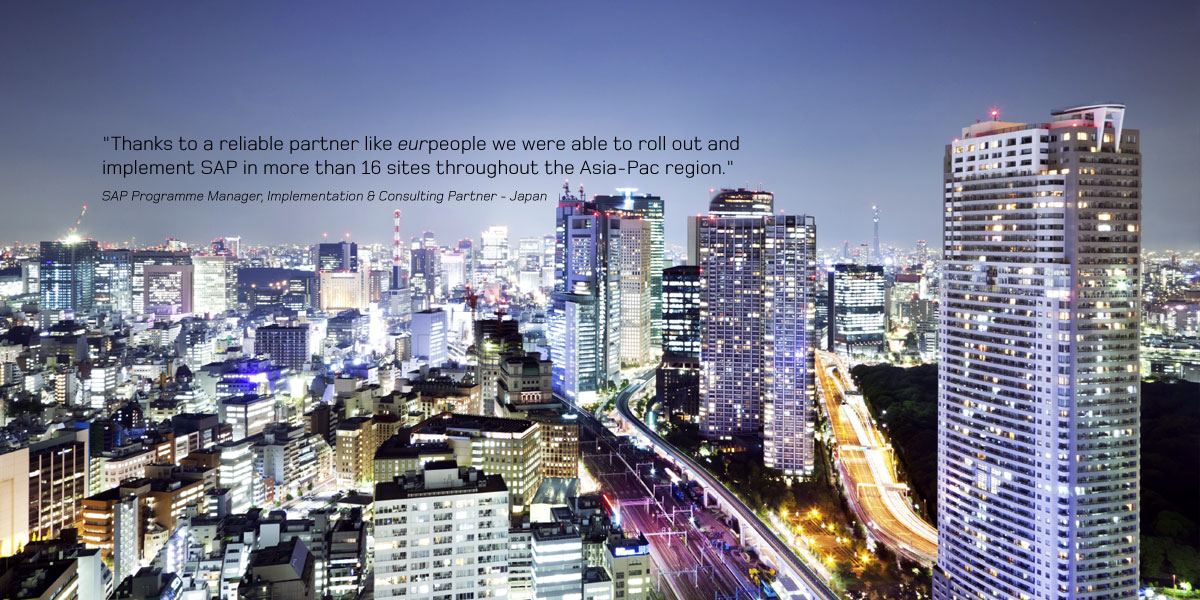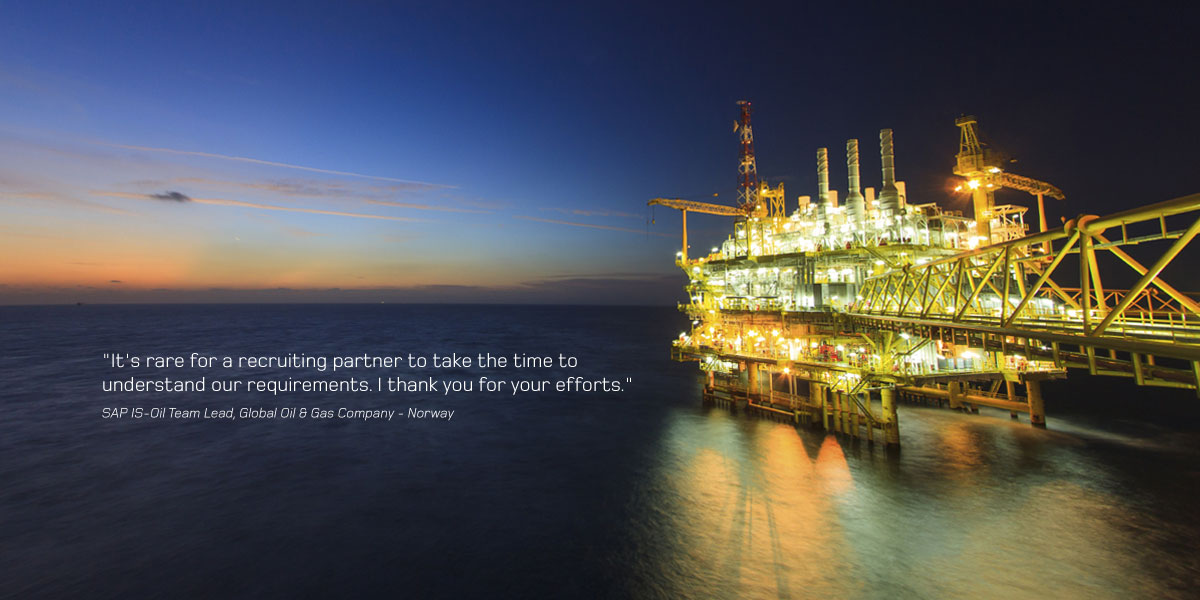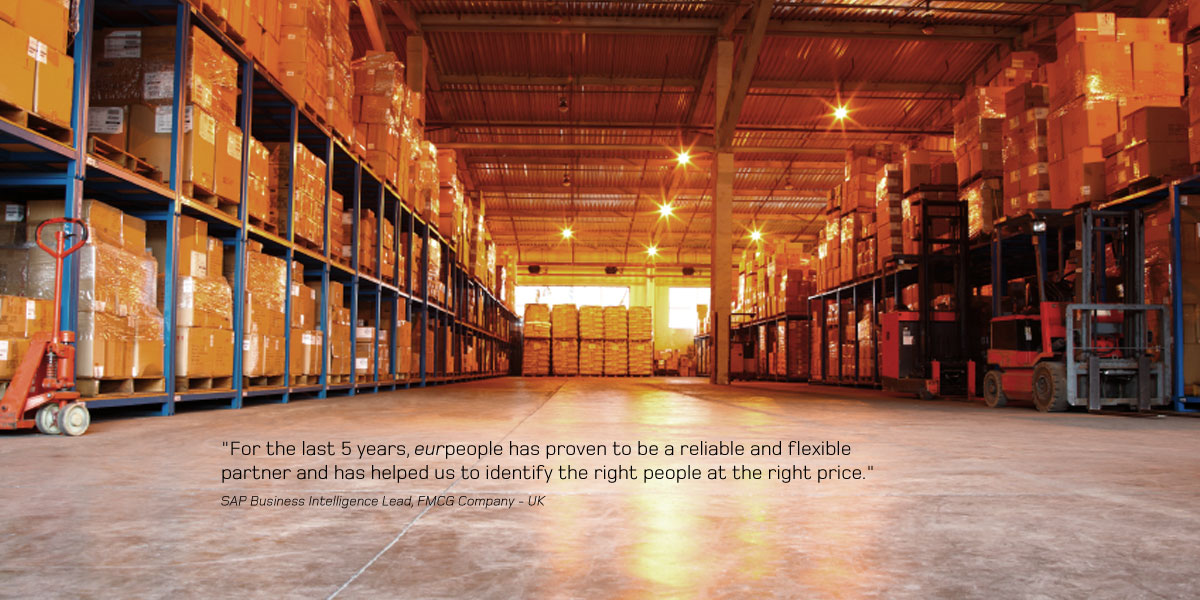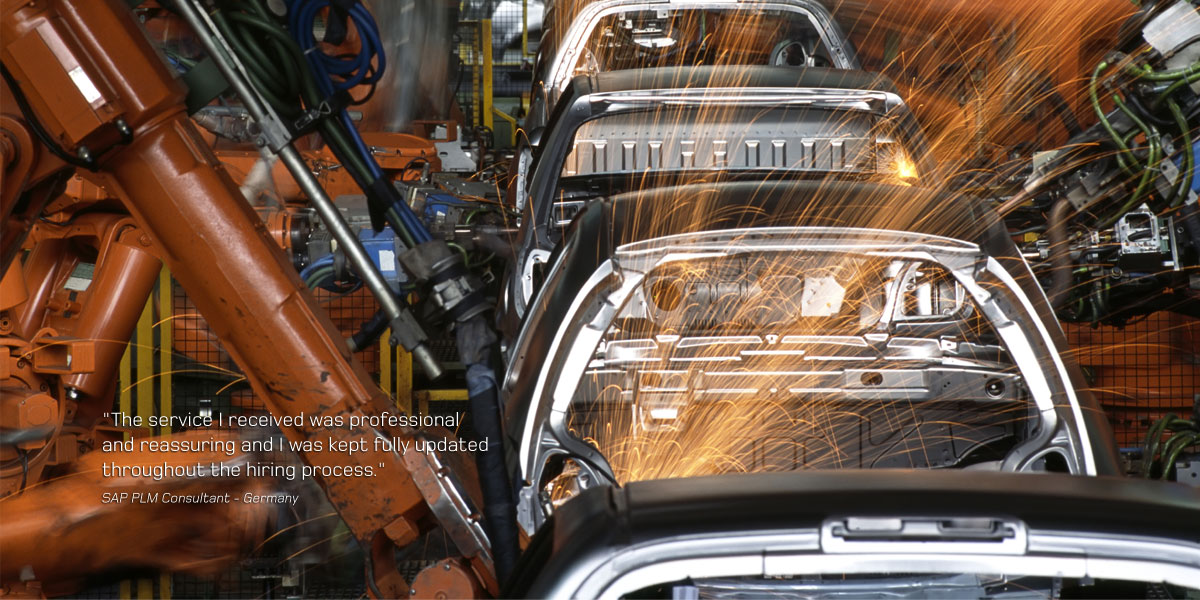Co-Innovation with Mercedes-AMG: A Journey of Shared Expertise
More than an outcome, co-innovation is a journey. If done right, it has the power of building trust and expertise. SAP and Mercedes-AMG have started this journey and are still driving at full speed.
Expanding Product Portfolio, Excellent Quality
Mercedes-AMG is the sports car and performance brand of Mercedes-Benz, known for outstanding quality, bold looks, and exclusivity. But performance is not only a characteristic of the vehicles and motors. It is also part of the corporate culture and a life principle for many employees.
“AMG has its own culture, the ‘inner force’ of AMG in driving performance. Always in search of the optimum next step, we challenge the status quo. This is what characterizes and distinguishes us. Every employee has this spirit which defines AMG,” explains Tobias Moers, Chairman of the Management Board at AMG.
As part of its business strategy, AMG wants to expand its product portfolio drastically while keeping the excellent quality standards that have always characterized its products. This goal has triggered several changes inside the company, one of them being the introduction of a new organizational structure based on cross-functional collaboration to foster the expertise of each member within a multidisciplinary team.
However, AMG realized that organizational changes would not be enough. The standard systems currently used to plan and document the production of a vehicle are not tailored to the specific needs of AMG. This has prompted managers, coordinators and engineers to search for different solutions, decoupled from each other. As a consequence, the information required to plan and coordinate the work during different stages of the manufacturing process has become fragmented, and the effort to store or find it has turned into an overhead that no one has the time to afford.
This brought AMG to work together with SAP on a customized collaborative planning solution that would increase efficiency during the production process and support the new organizational structure.
“Bernd Leukert convinced me that SAP has the innovative power and the technology to develop such a user friendly software,” recalls Tobias Moers. That’s how the SAP Design & Co-Innovation Center (DCC) was approached to start the project with a design-driven focus.
User Participation at Its Best
The design of a custom solution requires a thorough understanding of the end-users’ current processes and challenges. AMG was aware of this and therefore engaged with the SAP DCC on an intensive research plan.
They organized workshops with different user roles at the customer site to obtain a high level overview of the planning process across functional areas. A tangible approach to process mapping based on a methodology called Business Origami was used to increase participation and structure the information to be gathered during the sessions. These workshops helped participants to better understand the needs and tasks of their colleagues and to increase awareness of different planning procedures among teams.
“The workshop participants learned so much, and most importantly, they developed a deeper understanding among themselves which is supporting their daily work,” reflects Dirk Zeller, head of IT Consulting, quality engineer at AMG.
The DCC also conducted several interviews with end users to dive deeper into their mental models regarding the planning process of a project. The analyzed data revealed that only half of the challenges found in relation to project planning originated in software problems. The other half were rooted in organizational issues apparently known to everybody, but never made explicit. These insights, visualized as humorous comic scenes, prepared the ground on which the new software had to be designed, and helped AMG to understand its own challenges as a company. This was highly appreciated, not only by the management, but also by the end-users.
The DCC used a participatory design approach to gain insight into the end-users’ ideas and expectations for the future software solution. Some of them had already been working on static solutions for years and therefore had a clear picture of what the project planning application should incorporate.
“The engagement of AMG in the project was remarkable. From the beginning, AMG adopted a user-centered perspective that as designer you don’t experience too often with customers. It was not necessary to convince them about the importance of doing user research. They supported us all they time,” explains Karen Detken from the DCC.
The findings revealed that designing the software application was just part of the challenge. The whole planning process had to be redefined and improved.
Agile Design and Development: Iteration is Key
“Design is not a straightforward process. It runs in cycles. The more cycles you run, the better it gets,” states Thomas Biedermann from the DCC. During the discovery phase of the project, three main stages of the planning process were identified: conception, detailing, and taskforce. This division helped to structure the next step of the project: the design phase.
However, a great design can’t make it far if its implementation is not possible. Therefore, the DCC joined with SAP Custom Development to find not only a desirable solution, but one that could be turned into reality.
“We focused first on the conception phase of the planning process and created personas for the different roles involved in this stage. Together with the customer’s project team, designers and developers from SAP identified the most important goals that these personas have when starting their planning. Then we focused on how to support these goals in the best way,” explains Moritz Gekeler from the DCC.
Together, AMG, Custom Development and the DCC entered into an increasingly faster iterative design and development phase. Design concepts in the form of clickable prototypes and storyboards were produced on a weekly basis and tested with end-users on the customer site. The feedback flowed back into the design and development streams and helped to continuously improve the outcome. At each iteration, the customer became more knowledgeable about the agility of the process, which was well received by Reinhard Breyer, CIO at AMG, who confessed to Holger Kauffmann at SAPPHIRE NOW: “We should construct cars by applying the DCC’s approach.” In the same way, each iteration increased SAP’s expertise in the car manufacturing planning process.
Customer Testimonial
“The design-led co-innovation process at SAP AppHaus acted as a catalyst for changing the nature of our organization’s relationship with SAP.” – Dirk Zeller, Head of IT Consulting, Mercedes-AMG
Currently, the project continues successfully at fast pace. The close collaboration between customer, end-users, developers and designers has proven to be an essential mix capable of making everyone satisfied.
This story originally appeared on the SAP User Experience website.
| Location: | Start Date: | ||
| Rate: | Duration: | ||
| Type: | Reference: |
Contact Details
To find out more about how eurpeople can cater for your needs contact us at the following:
London Office
eurpeople Recruitment Ltd
South Point House, 321 Chase Road
London, N14 6JT, United Kingdom
Middle East Rep Office
eurpeople ME Recruitment Ltd
PO Box 309, Girne
Mersin 10, Turkey

